the onion in branch is a widely consumed vegetable in our country and is an essential ingredient in stews and dishes, both national and international.
The cost of the same in the market has been rising due to various circumstances.
Unlike most of them, this vegetable is easy to reproduce in small spaces and although for massive cultivation its seed is used, in home or urban cultivation it is not necessary, since the root of the plant itself will be what will allow this.
In such a way that you recover what you invest in a short time without great work or care and even better, without the need to own extensive land and not even any, since in apartment type houses you can also become a horticulturist.
Here is a step-by-step guide for you to achieve it:
The first thing to do is to buy the onion stalks in a store where they are sold. Look for fresh onions, not those that have been refrigerated for days, because although there is a high chance that they will reproduce, their life span will be short. The more roots you have, the better..

Own photograph
Any container is good for planting this vegetable since it does not need to be very deep, however I do not recommend transparent containers since the combination of light and humidity will cause fungus to grow on the walls of the container and contaminate the soil..
You can also do it in the garden if it is your taste and you have a space in it.
I have chosen, as you can see in the photo, a 900 grams ice cream container.
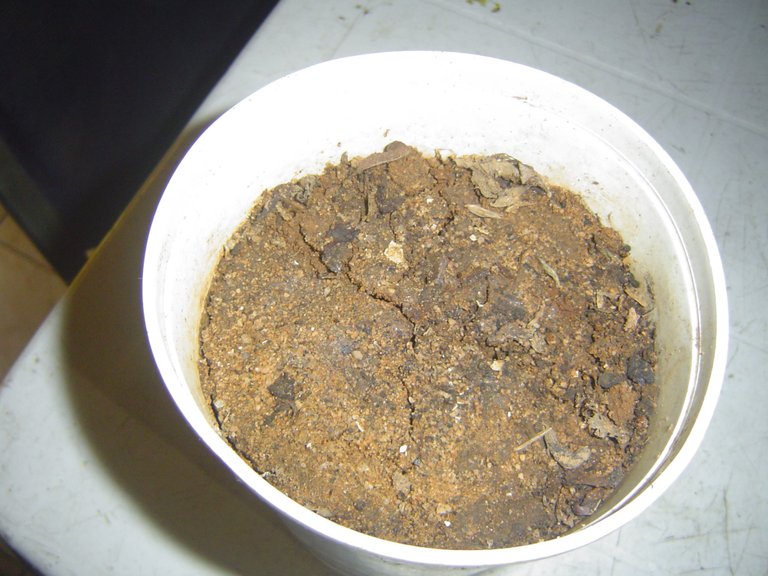
Own photograph
For there to be a good ratio of moisture in the soil it is important to pierce the container at the bottom with small holes in the way you see in the photo. Then it is filled with earth, this can be common taken from the own patio, if it has it, or bought in some nursery that they call fertilized earth, since it is mixed with this fertilizer. It is advisable to place small stones at the bottom, which in some parts is called gravel and in others frijolito, so that the soil does not cover the holes..
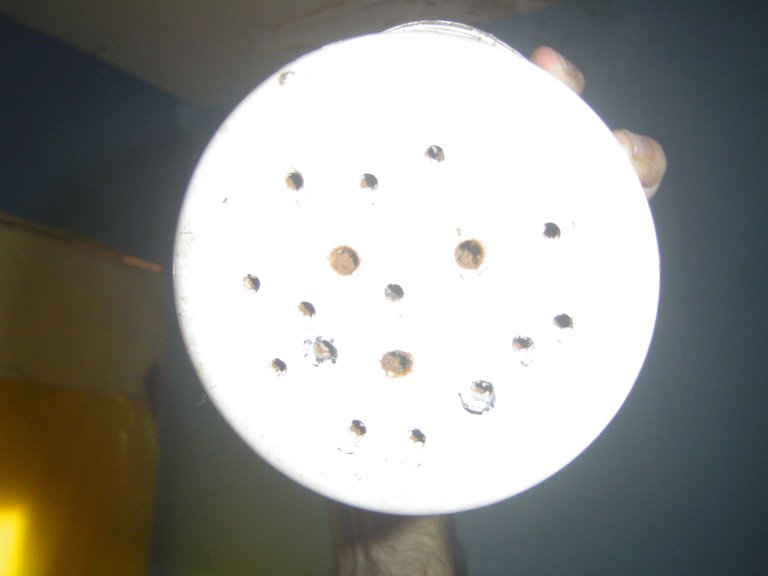
Own photograph
The onion plants purchased it is advisable but not essential to wash them to clean and refresh them, then choose the amount you want to take for planting and with a sharp knife remove the lower part, leaving a little stem and root. Generally this part of the vegetable is discarded and thrown away, losing the most important part of it in the future..
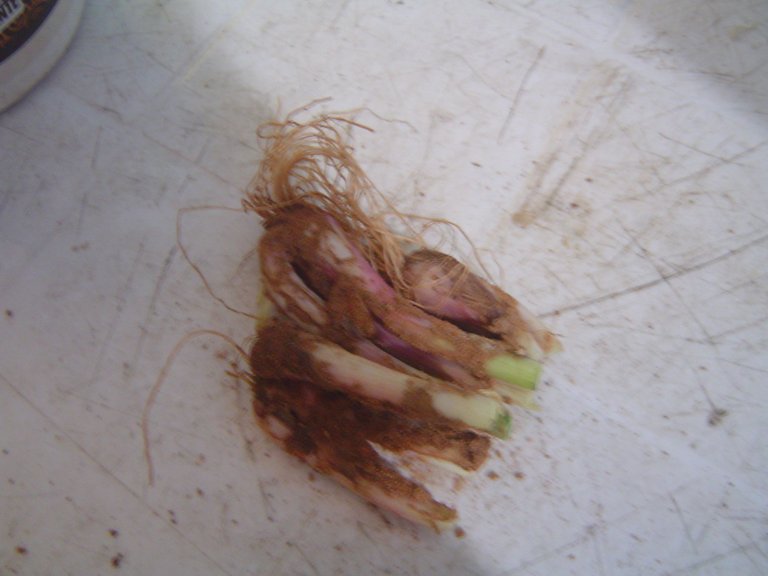
Own photograph
According to the desired quantity, these roots are taken with small stems to be sown or planted in one or more containers that have already been prepared. The distance between each plant can be small because it will reproduce upwards, that is, it will recover the leaves that you have cut with the knife. To do this, make a circular hole with a depth according to the length of the stem, this should not be covered with soil. When all the space in the container has been filled, water the surface of the soil and place it in a place where the sun can reach it, preferably not in direct sunlight..
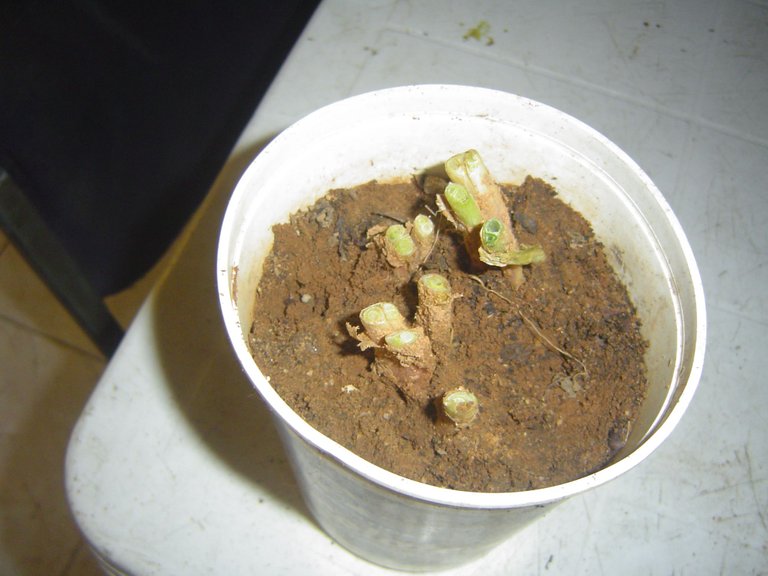
Own photograph
As I said at the beginning, this vegetable reproduces without much care, but it is always advisable to be careful to keep the soil where it is planted moist, to control the cleaning of the space of other parasitic plants or any unwanted bugs..
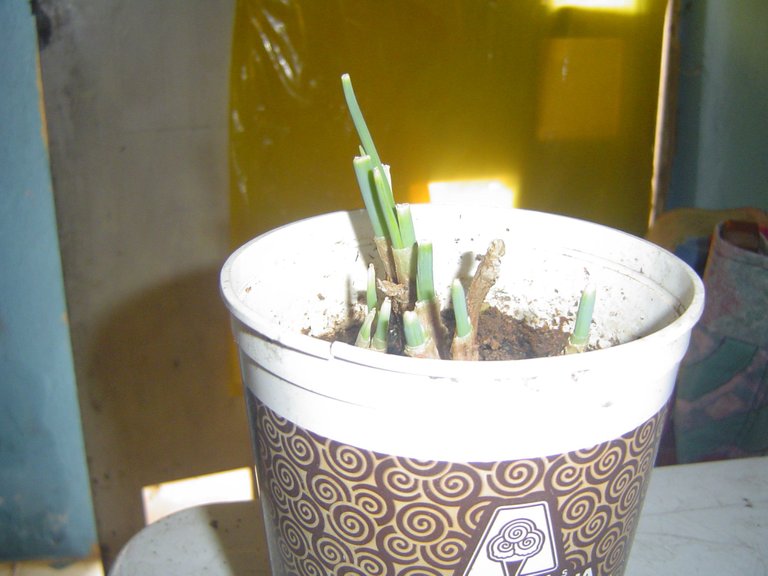
Así está a los 5 días.( Own photograph)
More or less in a few days the plant has recovered the cut leaves and it is up to each one to allow them to continue growing or to cut them to consume them. To do the latter it is recommended to use scissors and, as in the beginning, the cut should not be so close to the surface of the soil so that it continues to reproduce. Keep in mind that there comes a time when the leaf will not grow any more and that due to the effect of the weight it will bend, so it is advisable to cut it fresh to maintain the special flavor that it gives to the food.
Since the root of the plant is not extracted, it is not necessary to replant it, but it is advisable to sow in other containers continuously, since there comes a time when the root is exhausted and does not reproduce more leaves, when that happens you replace it with another one..
Remember that the more plants, the more you save.
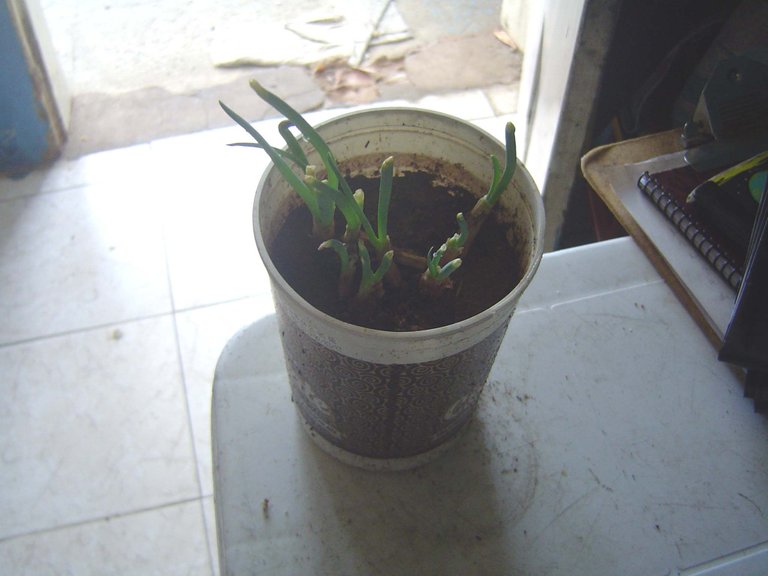
Así está a los 10 dias (Own photograph)
** Another variant **
There are those who do not use soil but place it in sealed containers with only water and it also reproduces, but the excessive moisture effect shortens the amount of reproduction and the life span of the root due to lack of nutrients. In this case more stem and root should be left
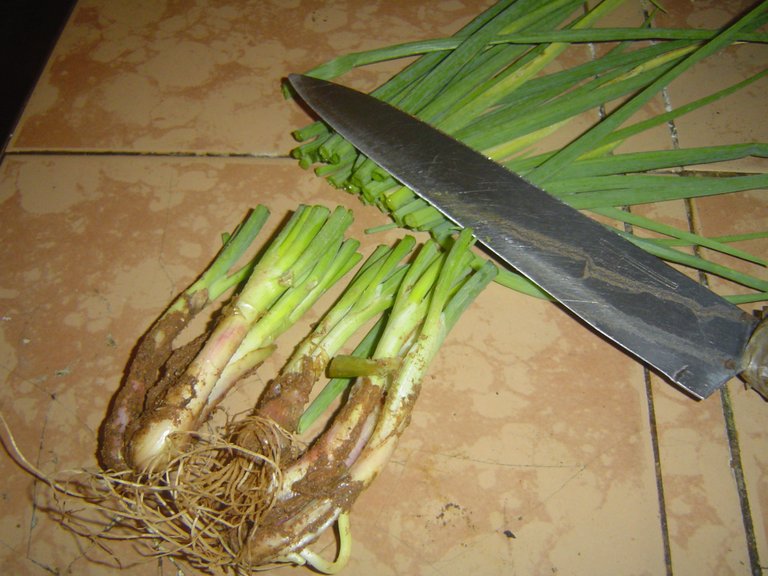 )
Own photograph
)
Own photograph
Congratulations, your post has been selected to be included in my weekly Sustainability Curation Digest for the Minnow Support Project.
This is a really fantastic tutorial post.
In many instances I far prefer using the green of these onions than the bulbs themselves and yes, it is great because it can pretty much be treated as a "cut and come again" food.
JOIN US ON DISCORD
SUBSCRIBE TO THE LIFESTYLE LOUNGE COMMUNITY HERE
JOIN US ON TWITTER
Thanks for visiting my blog
My pleasure :)
@tipu curate
Upvoted 👌 (Mana: 0/22) Liquid rewards.